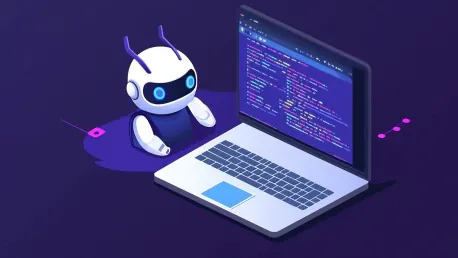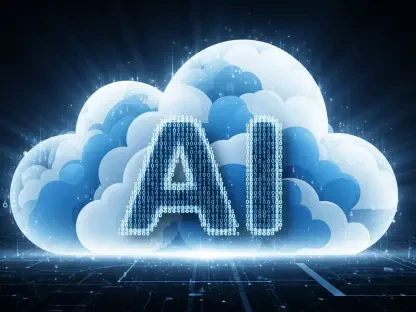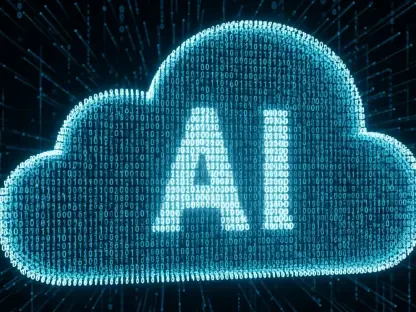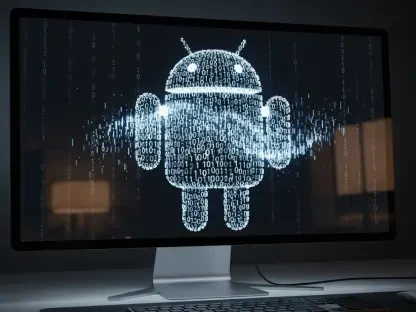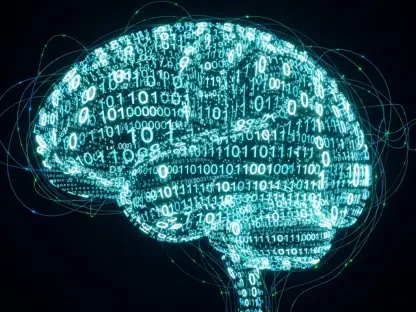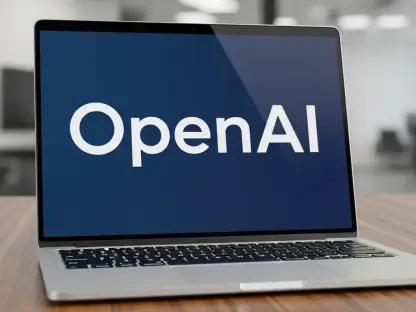The tech industry continues its rapid evolution, consistently witnessing significant advancements that shape the way software is developed and maintained. Amidst this dynamic transformation, Graphite, a company renowned for its code review tools, has introduced Diamond, a sophisticated code review agent derived from its earlier tool, Graphite Reviewer. Despite the impressive capabilities of contemporary AI, Graphite maintains a steadfast belief that human insight remains irreplaceable in the domain of code review.
The Genesis of Diamond
Bridging the Gap Between Large Pull Requests
Addressing a prevalent challenge in the software development landscape, Graphite offers a novel solution to manage large pull requests (PRs). Typically, these sizable PRs become cumbersome and difficult to review thoroughly, potentially leading to overlooked issues. To mitigate this, Graphite’s approach involves breaking down these extensive code branches into several smaller PRs, ensuring each fragment receives focused attention. However, this method introduces complexities, particularly when it comes to merging upstream changes into ongoing work. Graphite tackles this with its command line interface (CLI) and an extension for Visual Studio Code (VS Code), streamlining the process and mitigating potential headaches for developers.
Recognizing the escalating integration of AI in tools like GitHub Copilot, Amazon Q Developer, and Google Gemini, Graphite launched the Graphite Reviewer last year. This tool aimed to assist developers in identifying issues within their PRs prior to submission. Having evolved from this preliminary phase, Diamond stands as a standalone product, reinforced by additional venture capital funding. It symbolizes a crucial step forward in the synthesis of human expertise and AI capabilities in code review.
Advanced Features and Integration
Diamond emerges with an array of advanced features designed to elevate the code review experience. Among these are capabilities to detect bugs, style inconsistencies, security vulnerabilities, performance issues, and documentation problems. The agent operates with an impressive level of context awareness, drawing insights from the entire codebase to identify subtle errors, including accidentally committed code. Notably, Diamond’s adaptability allows for customizable rules, enabling teams to tailor its functionality to their unique requirements.
Integration with GitHub organizations underscores Diamond’s compatibility, though it currently limits its integration to GitHub alone. For those working within integrated development environments (IDEs), Diamond’s support is available solely through the VS Code platform. This targeted integration ensures a seamless user experience for those heavily reliant on these tools, although it may pose limitations for developers using alternative platforms or repositories.
Human Insight Versus AI
Understanding the Importance of Human Oversight
Despite the sophisticated nature of AI assistance in code review, Graphite co-founder Greg Foster asserts that AI will never fully supplant human code review. Unlike AI, human reviewers bring to the table a nuanced understanding of business contexts, team dynamics, and domain-specific knowledge. This depth of insight allows humans to evaluate code not just for technical accuracy but also for alignment with broader project goals and strategies.
Foster points out that AI lacks accountability, an indispensable trait in the realm of code review. If an AI-generated vulnerability leads to a security incident, the AI cannot be held responsible—these are tools, not decision-makers. This distinction is critical as organizations rely on the secure and reliable functioning of their software. AI can process vast amounts of data quickly and identify patterns humans might miss, but it cannot supplant the human capacity for judgment and accountability.
The Role of Human Expertise in the Future of Coding
Dario Amodei, CEO of Anthropic, recently made the bold prediction that AI would be responsible for generating 90 percent of all code within the next few months. While this forecast underscores the transformative potential of AI, it also highlights the risks of over-reliance on automated generation without sufficient human oversight. Echoing these concerns, Foster emphasizes that the involvement of skilled human developers remains essential in ensuring the integrity and security of AI-generated code.
Amid the ongoing advancements in AI’s role in coding, the primary challenge for businesses is finding the right balance between leveraging the productivity benefits of AI-powered tools like Diamond and maintaining robust human oversight. Companies must navigate the fine line between adopting cutting-edge automation and preserving the critical human judgment that underpins the development of secure and reliable software.
Conclusion
The tech industry continues to evolve rapidly, consistently witnessing significant advancements that shape how software is developed and maintained. Amidst this dynamic transformation, Graphite, a company known for its innovative code review tools, has introduced Diamond, a sophisticated code review agent derived from its earlier tool, Graphite Reviewer. This new tool aims to enhance the efficiency and accuracy of the code review process, making it easier for developers to maintain high standards in their work. While contemporary AI capabilities are impressive, Graphite firmly believes that human insight remains irreplaceable in code review. This belief underscores the critical importance of experienced developers who bring unique perspectives and nuanced understanding that machines simply cannot replicate. In this evolving landscape, the marriage of advanced tools like Diamond with experienced human reviewers sets a new standard for excellence in software development and maintenance.
